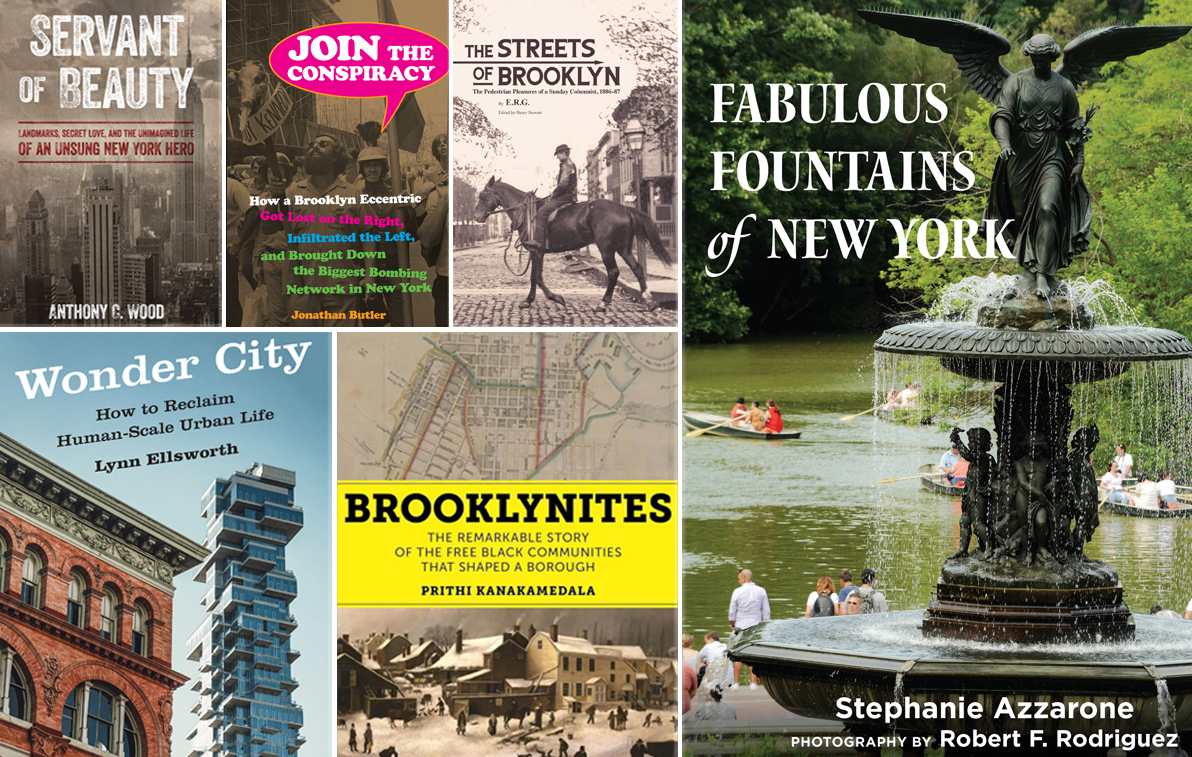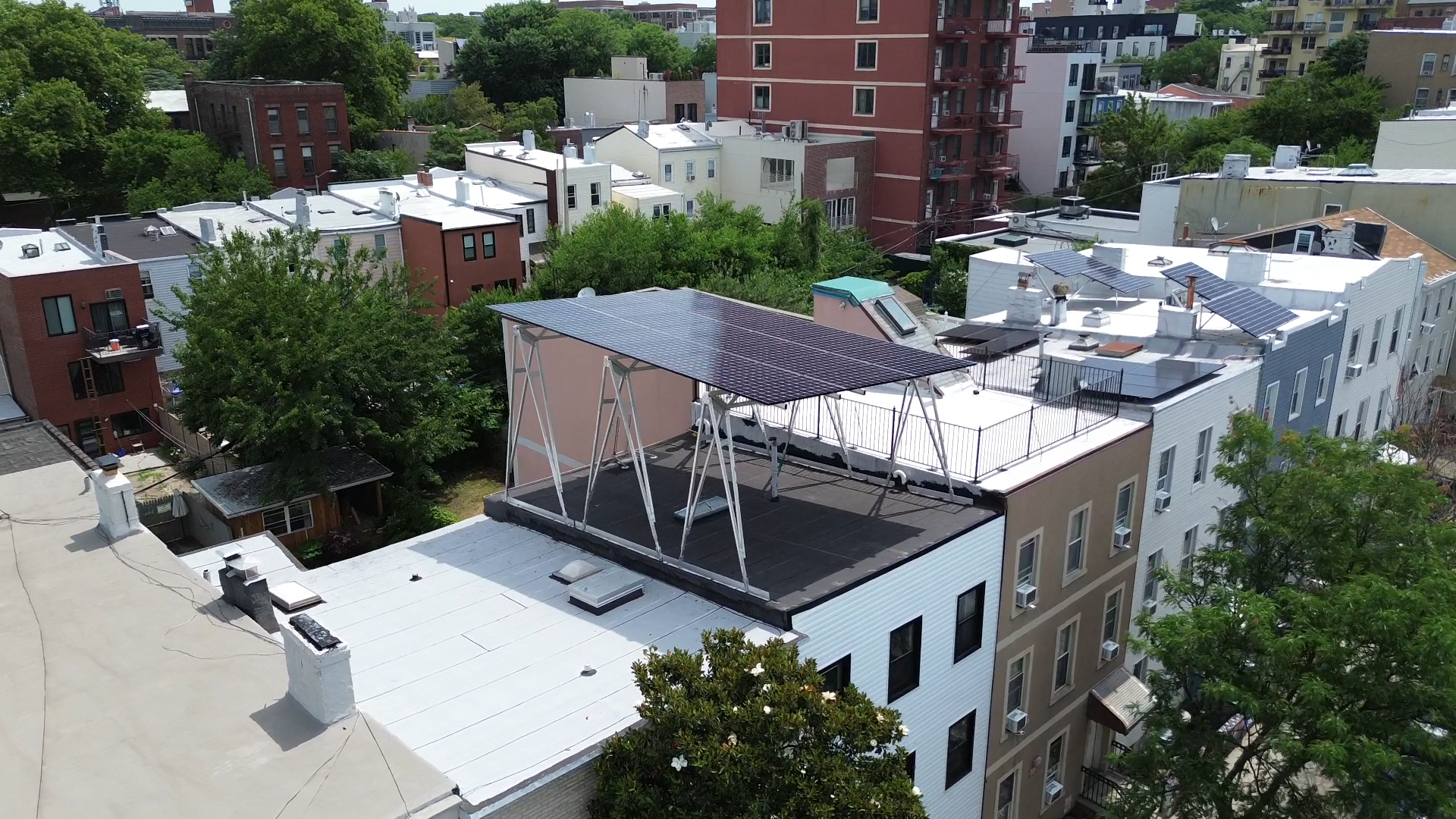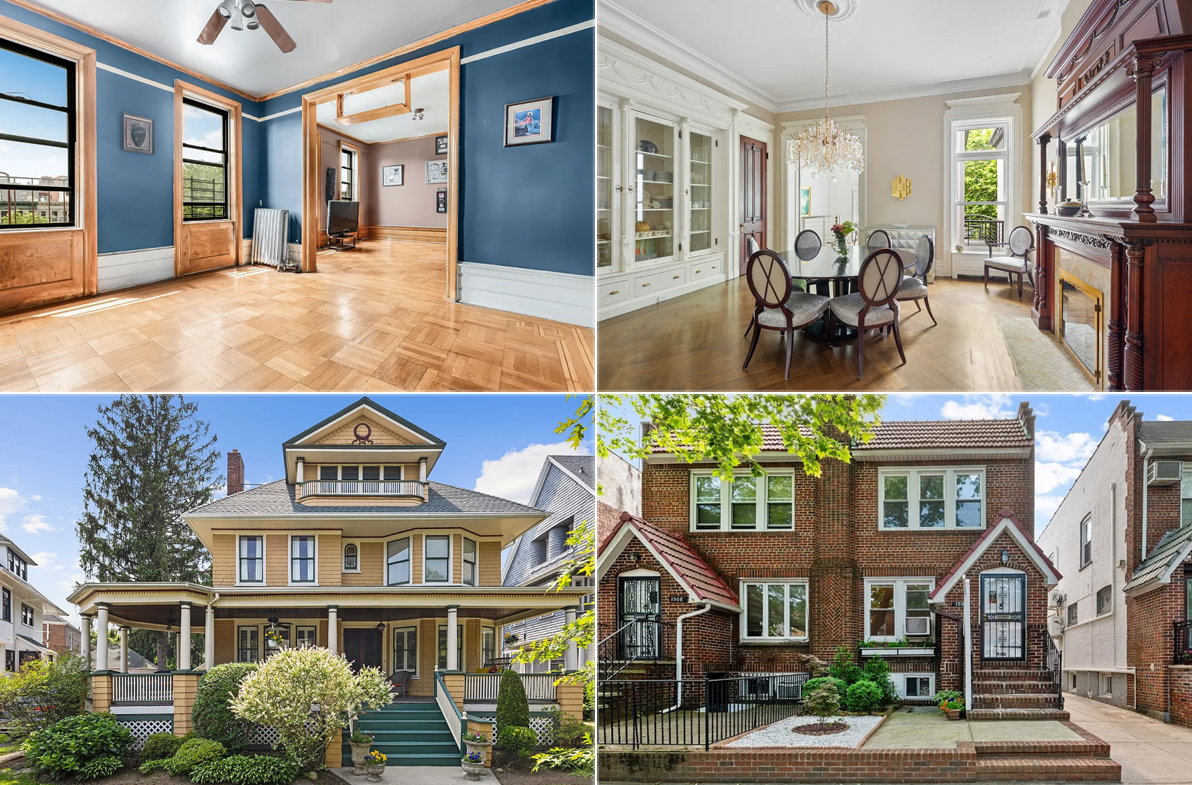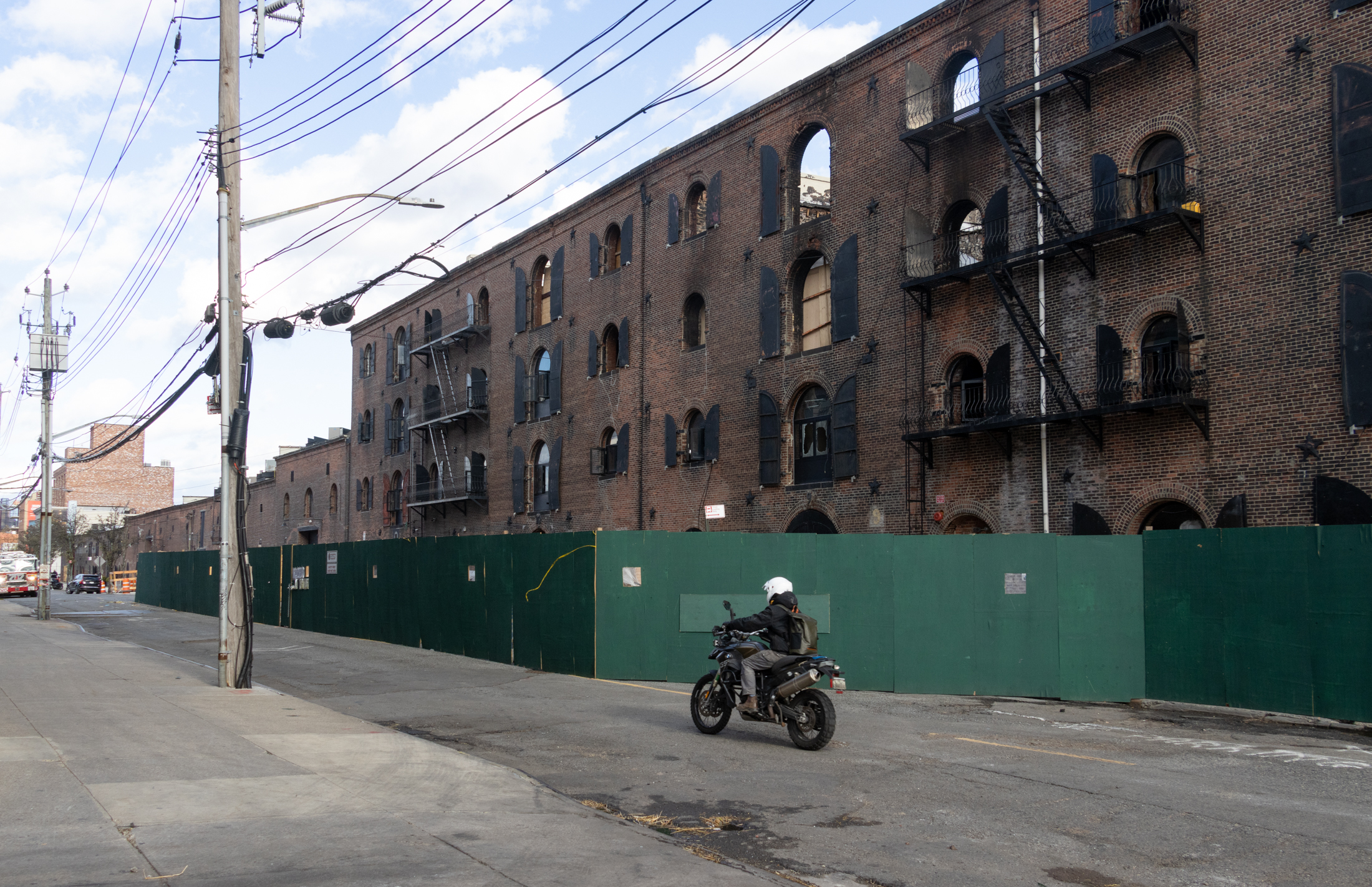Walkabout With Montrose: Build Me a House of Sturdy Brick
Mankind’s oldest building material is brick. Before they shaped stone with tools, our ancestors dried mud and other materials in the sun and stacked them to make shelters, altars and marketplaces. Centuries later, the father of the Arts and Crafts Movement, William Morris, commissioned a home that would realize all of his philosophies and ideals,…


Mankind’s oldest building material is brick. Before they shaped stone with tools, our ancestors dried mud and other materials in the sun and stacked them to make shelters, altars and marketplaces.
Centuries later, the father of the Arts and Crafts Movement, William Morris, commissioned a home that would realize all of his philosophies and ideals, not out of stone, as was the fashion in 19th century, upper middle class England, but in warm, red brick.
The Red House remains the quintessential Arts and Crafts home, a repository and workshop for a movement that would change the industrialized Victorian world, and influence future architects such as HH Richardson and Frank Lloyd Wright.

In going through my photographs, I realize that my favorite buildings are brick. Not limestone or brownstone, but brick. Sometimes the bricks are classic terra cotta, sometimes white, or golden yellow, grey, black, or even purple.
In fact, if you look closely, most of historic, Brownstone Brooklyn really is made out of brick. The various stone facades are only cladding, the building is really brick. With the exception of wooden framed houses, this is a brick city.
Brick is well complemented by the various combination of materials used with it, especially in the later Queen Anne and Revival movements, and all of the goodies: ashlar stone, terra cotta, carved stone, ironwork, stained glass, wood trim, and hardware are mixed with wonderful wild abandon on our streets.

This innovation did not end with the 19th century, either. Some of the best brickwork in my neighborhood can be found in the apartment buildings and other structures built as late as the late 1930’s. Even the fact that the less than admired Fedders houses are clad in some kind of brick shows that this medium resonates at all levels, even today.
I do admit to a special fondness for the different ways that architects use brick work by itself to achieve patterns and massing. Bricks are used in horizontal, vertical, and diagonal patterns. They jut out to catch our eye, or recess to create depth.
They shape archways, they frame windows. They curve around to suggest great mass and create fortresses, whether in armories, churches or apartment buildings. Grey bricks are somber, gold bricks suggest richness.

Multicolored patterns can hint of foreign lands and times, while terra cotta can suggest great age and majesty, as well as a classic vision of home and hearth. In the end, the commonality of all buildings is illustrated in a crumbling foundation of brick.
All show the architects’ talent in using the mundane to achieve greatness, as well as the skills of thousands of expert bricklayers whose creations still stand after all these years with little or no attention or special care. So look around, enjoy the Flickr link, and take a closer look at the possibilities and beauty of the common brick.




[Photos by Suzanne Spellen]





Montrose:
Nice pix on flickr. You’re definitely claiming space for Crown Heights in Brownstone Brooklyn.
A number of your buildings are where childhood friends of mine lived during the 50s when my family was in the neighborhood. It’s as if I’m about to push open the doors and visit them!
Little kids aren’t particularly conscious of architectural quality and detail, but they do leave an impression carried for life. I’m happy your column allowed me to get close to my old haunts again, and to be reminded of the advantages of having grown up where I did.
Thanks.
Nostalgic on Park Avenue
MM, as always thanks for another terrific teach. There is a new bldg on Atlantic and Bond I think that did a design with the brick. If you’re not paying attention one may miss it. I appreciated their efforts since it’s a commercial medical bldg.
True, but all in all, I think it’s “just another brick in the wall.” Sorry couldn’t help but say that.
On a less humorous note, I think the most interesting thing about this post is MM’s statement that “Mankind’s oldest building material is brick.” I never thought or realized that. But, I’ve always felt that a brick wall, made of handmade old brick that’s not perfect and symetrical, has amazing character and just speaks to you. That’s why I love exposed brick. Maybe the sight of it touches some primal part of the brain that has been hardwired to recognize it. Anyhow, thanks for the interesting posts MM.
Thanks MM, another great piece.
I have always loved brick buildings, but what are they using to make the brick these days. Why does the brick look so terrible in new construction?
Thanks for the complements, everyone.
Dittoburg, welcome back! I must admit, Greenpoint is not a neighborhood I know at all, that bank sounds very cool. Love Hampton Ct. Palace, too.
Z, I hope they stabilize that chimney before a good wind destroys it. That house has such unrealized potential. But over the years it has been “repaired” with cement blobs which try to look like that Black Forest brickwork, but are probably adding to its total destruction. It’s just outside the landmarked district, and is on the list for a later Phase in the CHN landmarking process, but for right now, just languishes from benign neglect. The carriage house behind it is reason enough for someone to want to rehab the whole thing. I would love to see the inside.
The Victorian brick buildings of the East Coast are especially striking to West Coast transplants. I never saw a brick Romanesque revival building until I walked through Park Slope.
In the West, it’s mostly stick Victorian, probably because of earthquakes and plentiful trees. Up to the 1930s, every house had coolers and built-ins made from Douglas Fir.
oh ill def. go bxgrl, thanks
*rob*
My fave brick buildings are herstmonceux castle and hampton court palace. Not so much Brooklyn, more far far eastern end of Long Island.